Across urban balconies, spacious backyards, and interior decor, cacti have made a prominent mark as symbols of the desert's raw beauty. Their mesmerizing forms—ranging from the tall, solitary saguaros to the compact clusters of prickly pears—coupled with their low maintenance needs, have endeared them to many.
These plants, often chosen for their adaptability and aesthetic appeal, are thought of as the warriors of the plant kingdom, able to withstand nature's harshest conditions. Yet, beneath their spiky exterior lies a sensitivity that often catches plant owners off guard: a vulnerability to cold weather.
In this article, we'll explain how freezing temperatures affect cacti and guide you through detecting the telltale signs of freeze damage.
The Vulnerability of Cacti to Cold
Deserts, contrary to popular belief, aren't always scorching landscapes. Their dramatic diurnal temperature variations mean that the nights can be strikingly cooler, sometimes even freezing. Cacti have, over eons, adapted to these pendulum-like temperature shifts, developing mechanisms to conserve water and protect themselves. These adaptations, such as their modified stems and reduced leaf structures, make them capable of surviving in environments that many plants would find inhospitable.
Yet, these survival techniques aren't fail-proof. While they might deftly handle short spurts of cold, particularly if it's a gradual dip, they remain susceptible to prolonged cold spells and abrupt temperature drops. Such extreme conditions can stress them, leading to damage that might be aesthetic, structural, or even fatal. It's this nuanced vulnerability, nestled beneath their thorny defenses, that underscores the importance of understanding and protecting our cacti from the cold's adverse effects.
Temperature Thresholds for Cacti
Different species of cacti have varied tolerance levels to cold. Some can withstand temperatures just below freezing, while others may get damaged even at slightly cooler temperatures. For instance, the popular Saguaro cactus can tolerate temperatures as low as 20°F, but others may start showing damage at 50°F.
It's not just the absolute cold but also the abruptness of temperature changes that can stress these plants. A swift drop in temperature can be more harmful than a gradual decline over several days. For home gardeners, understanding these specific temperature needs is crucial.
Signs of Freeze Damage
how can I tell if my cactus is affected by the cold? Freeze damage manifests in various ways. Immediate signs can include a discoloration, often turning the cactus a dark green to brown or even black. Another sign to watch out for is a soft or mushy texture when touched, indicating internal damage. There are also some physical and behavioral changes to look out for:
Physical Changes
These changes are often the first visible signs of freeze damage. A cactus that was once firm to the touch becomes soft. This softness is a result of the water inside the cactus cells freezing and then expanding, causing the cells to burst. Moreover, you might observe spots or patches that appear darker than the surrounding areas. This discoloration can range from slight grayish hues to pronounced black or brown patches, indicating severe damage.
Behavioral Changes
Beyond the immediate physical alterations, a cactus's behavior can also indicate freeze damage. One of the most pronounced behavioral shifts is slowed growth. A cactus, which might have been sprouting new growths or preparing to bloom, might halt or significantly decelerate these processes after exposure to cold. Another alarming sign is the cactus's failure to flower or produce seeds during its typical flowering season. Such behaviors indicate that the plant is conserving its energy to heal and recover.
Prevention and Recovery
As with many aspects of life, when it comes to cacti, prevention is often better than seeking a cure. However, when freeze damage does occur, it's essential to know the steps to help your cacti recover. Here are some preventive measures and recovery tactics to keep in mind:
Preventive Measures
When it comes to safeguarding cacti against cold, foresight is your best tool. Recognizing upcoming cold spells or temperature drops allows you to implement preventive measures, turning potential disasters into manageable situations. For potted cacti, which offer more flexibility, consider moving them to a warmer indoor environment or a sheltered outdoor space, like beneath a patio or against a home's southern wall.
Cacti rooted in the ground can benefit from some external help. Using frost cloths, burlap, or even blankets can serve as a shield during particularly cold nights. If you're using such coverings, ensure they're secure so they don’t blow away but allow for some airflow. Always remember, even a temporary break from extreme cold can significantly aid in the plant's ability to cope.
Recovery Steps
You should begin by meticulously examining the cactus to determine the severity and extent of the harm. In some cases, the damage might be limited to a specific region, while in more severe instances, the entire plant might be affected. Any areas that show signs of significant damage should be pruned using clean, disinfected tools to prevent further deterioration and potential disease spread.
Post-pruning, it's advisable to withhold watering temporarily, allowing the wounded sections time to heal and seal. Remember also that the quality of the soil is important in the recovery process. Opting for a well-draining soil composition is key, as it reduces the possibility of root rot, a common complication after freeze trauma.
Key Takeaways
The allure of cacti, with their intricate patterns and bold forms, is undeniable. They have become synonymous with endurance and adaptability. Yet, this doesn't mean they are immune to all environmental challenges. As we've explored, cold weather can pose a significant threat, but with informed care, their resilience can shine through.
Taking preventive measures, recognizing early signs of damage, and following proper recovery protocols can make all the difference. By investing time in understanding and addressing freeze damage, plant enthusiasts can ensure that their cacti remain vibrant and thriving, showcasing their timeless beauty for many seasons to come.
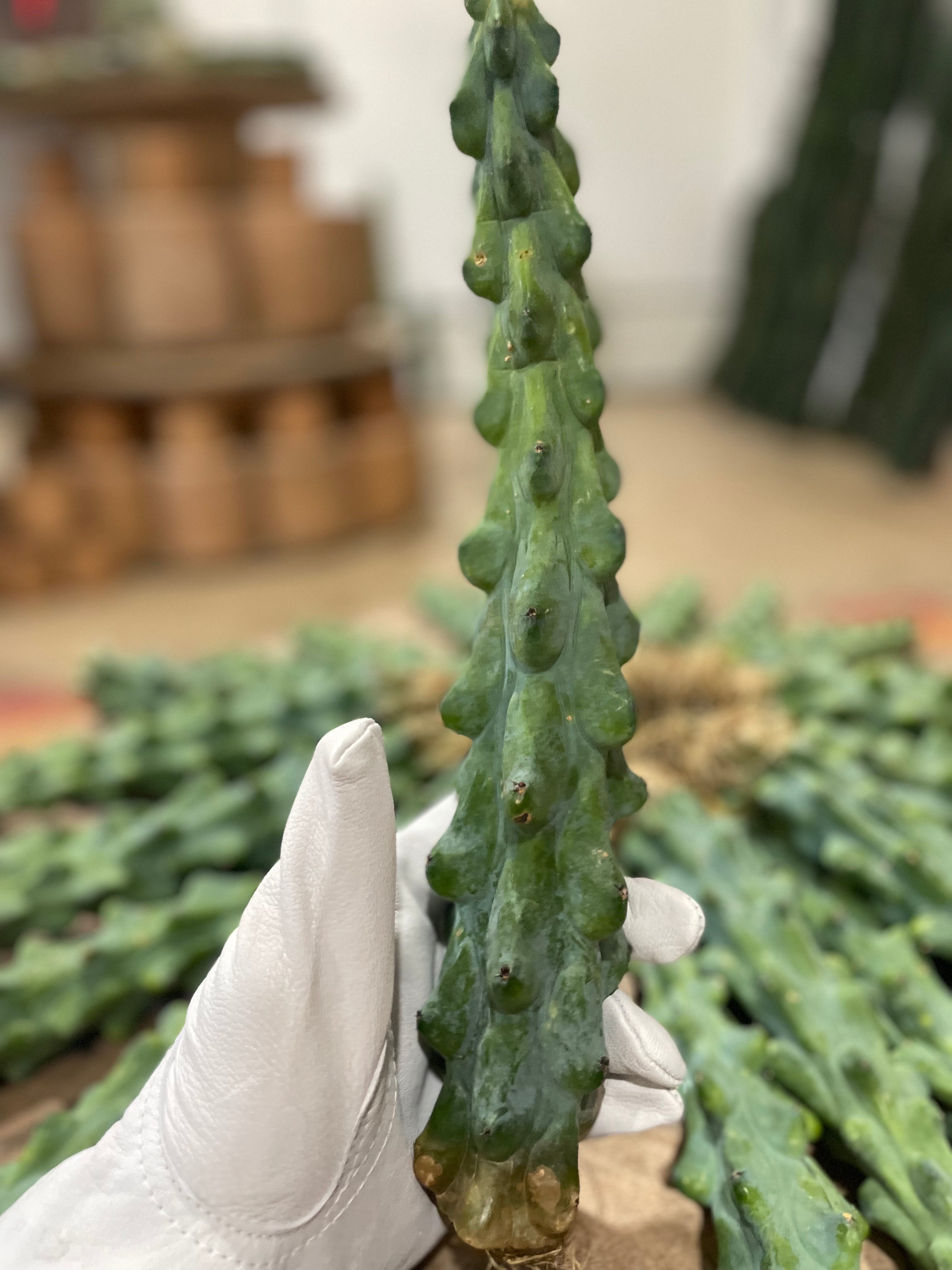
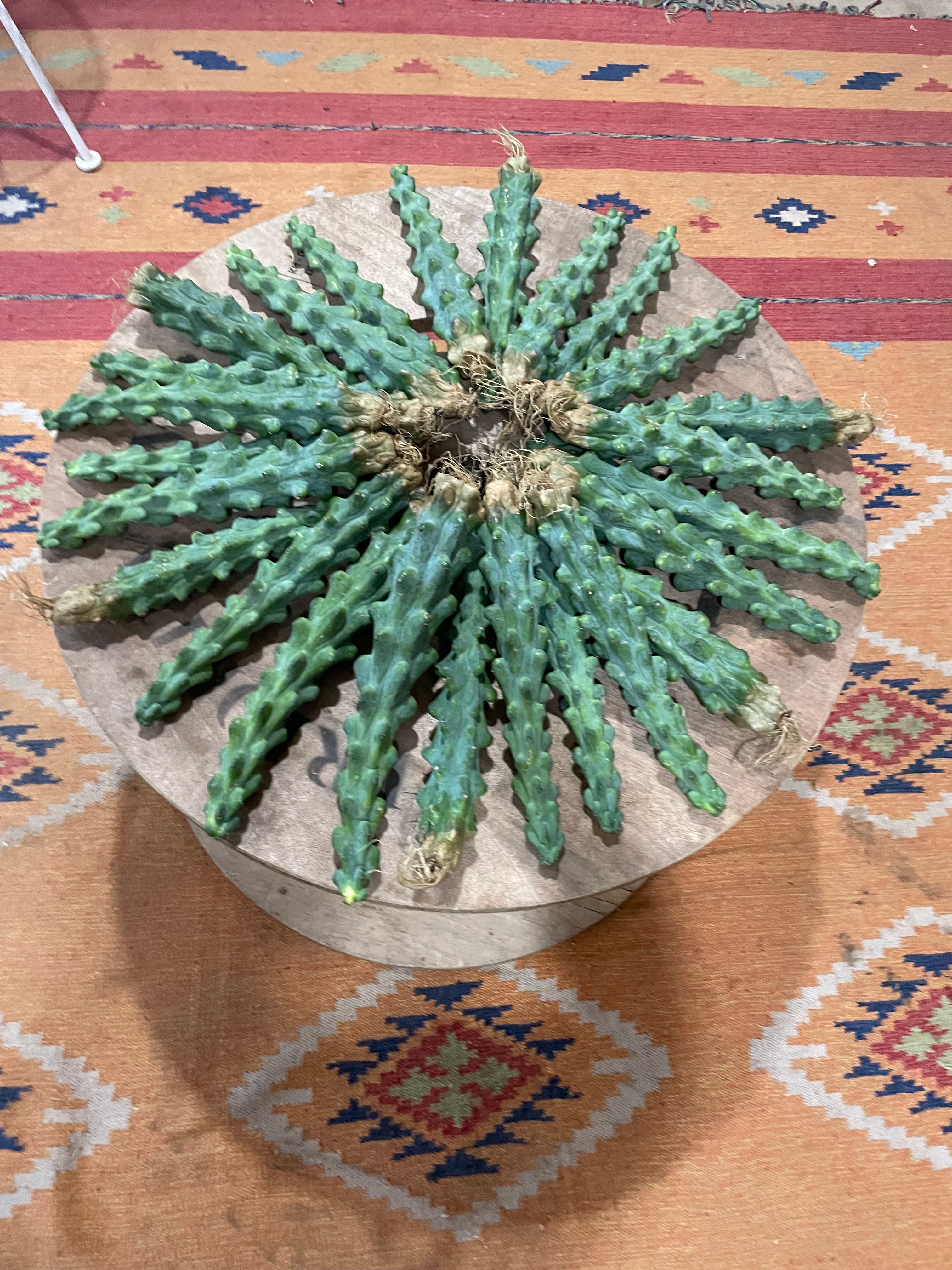
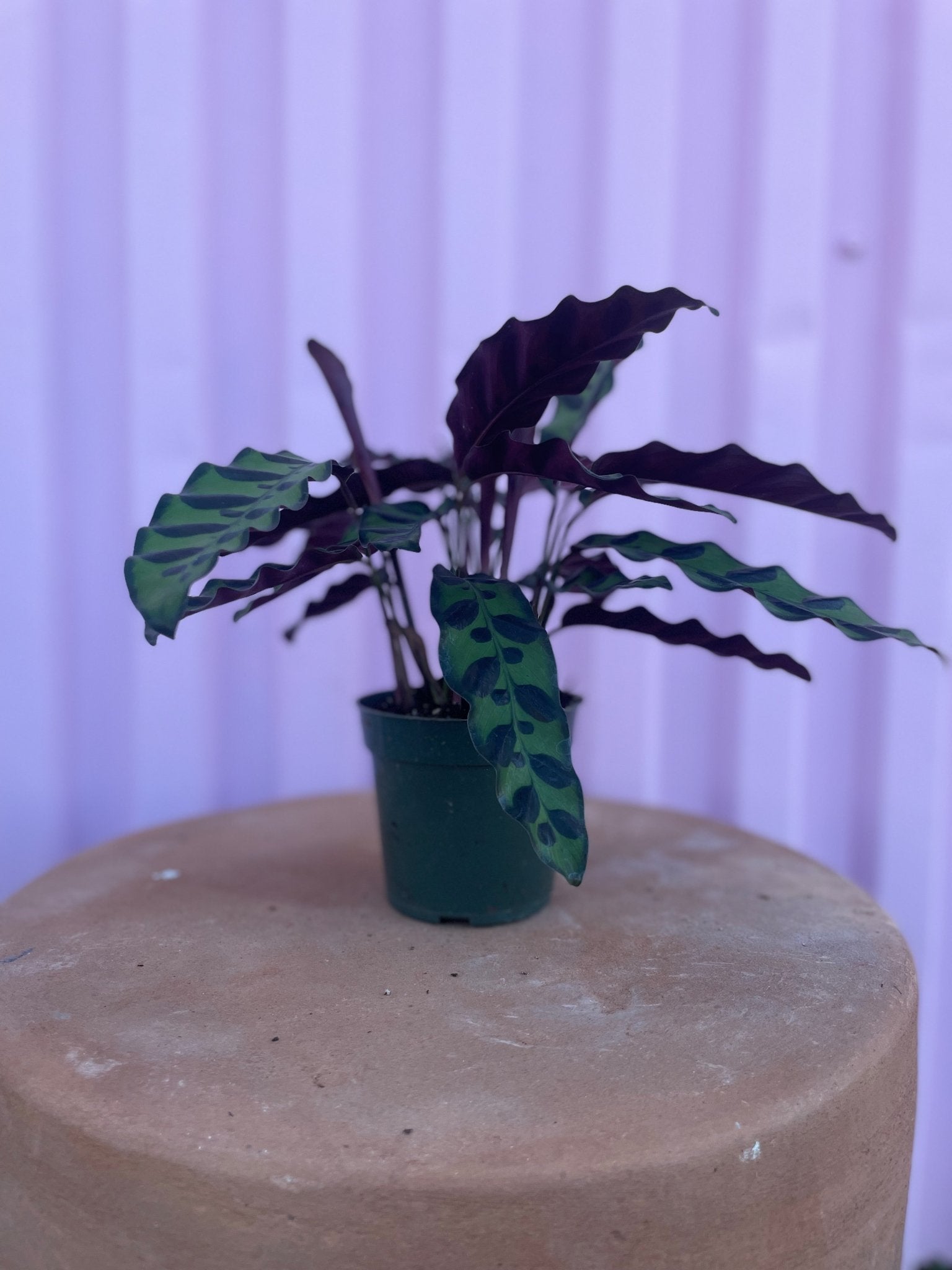
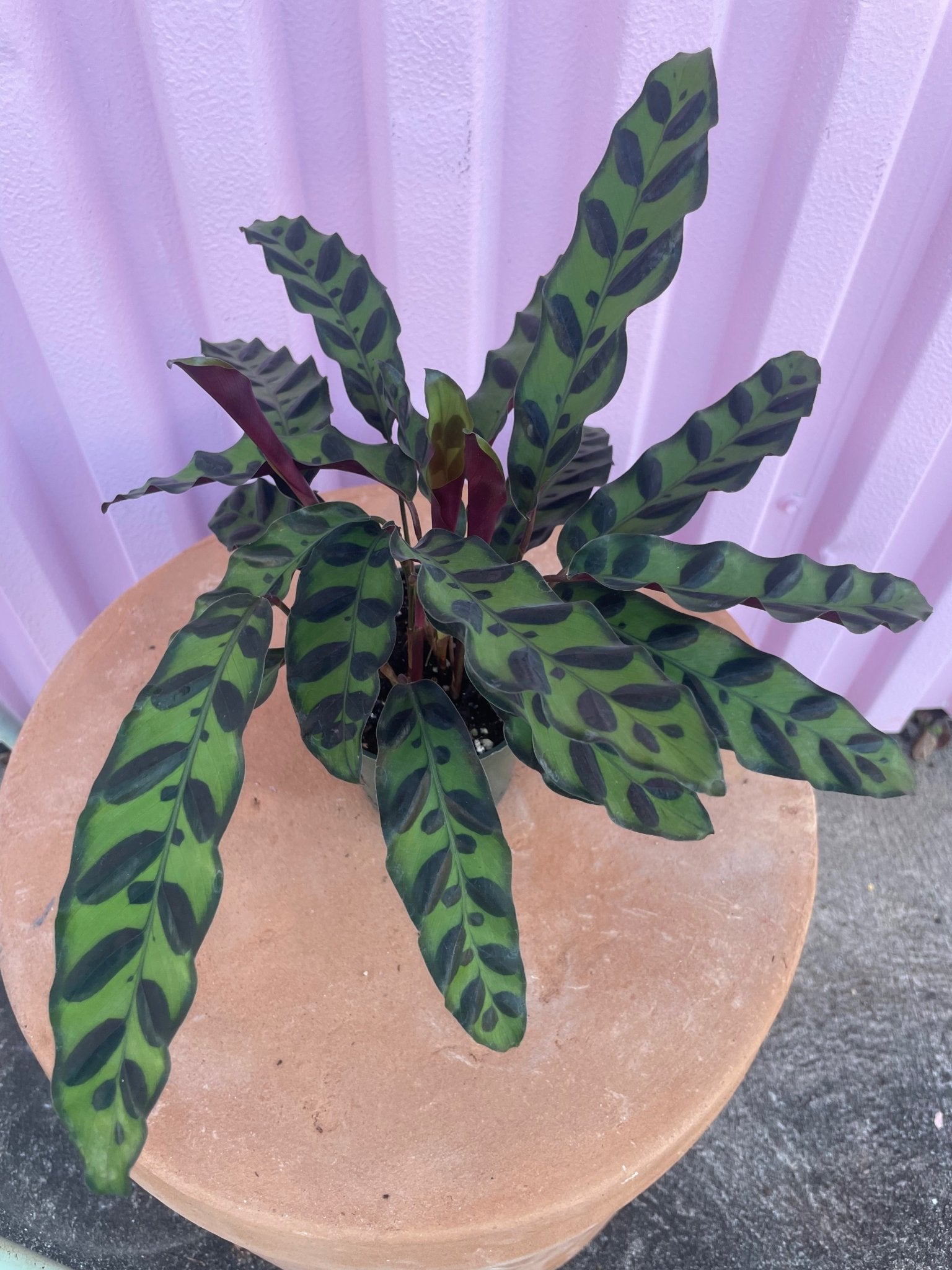
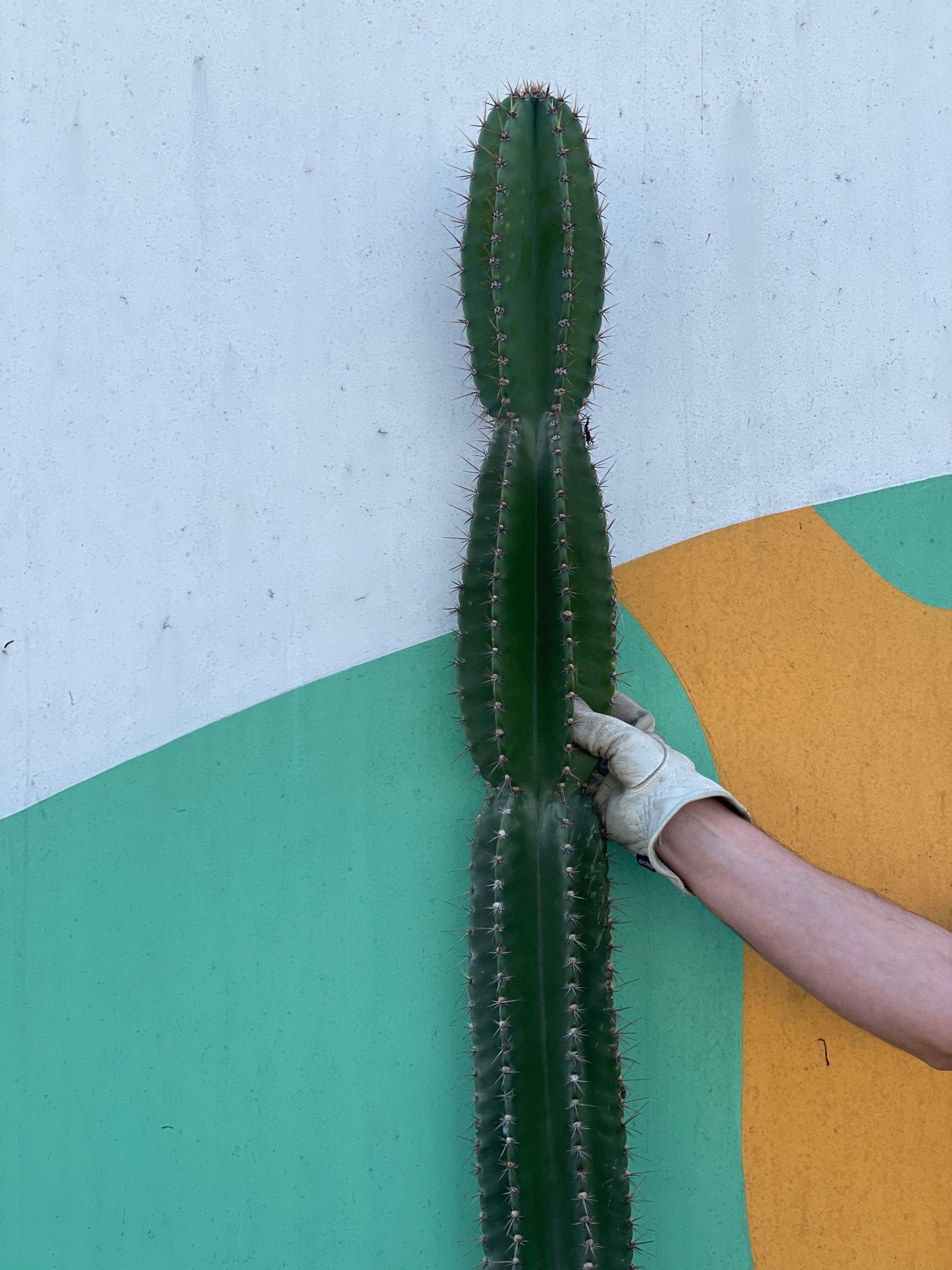
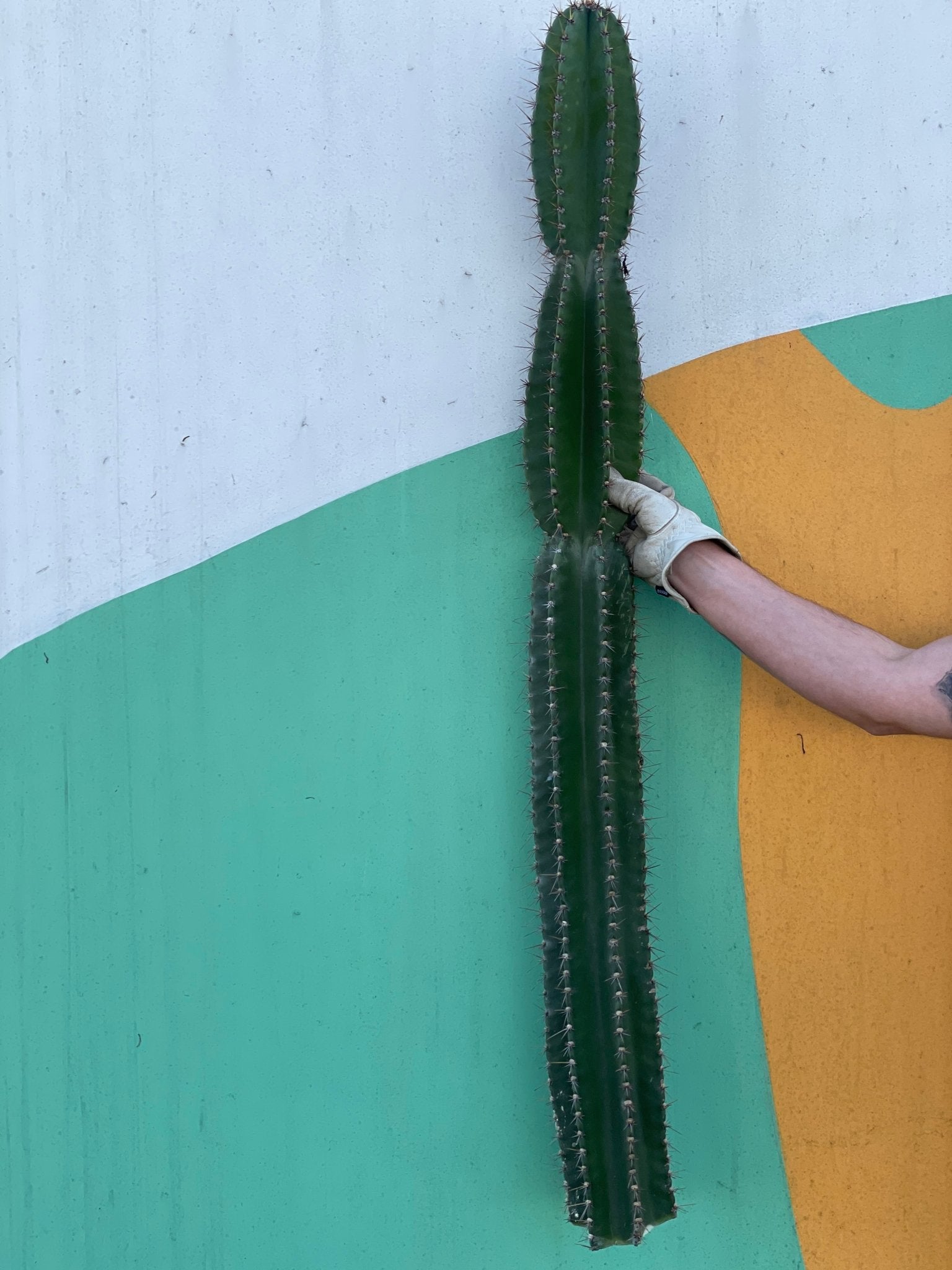
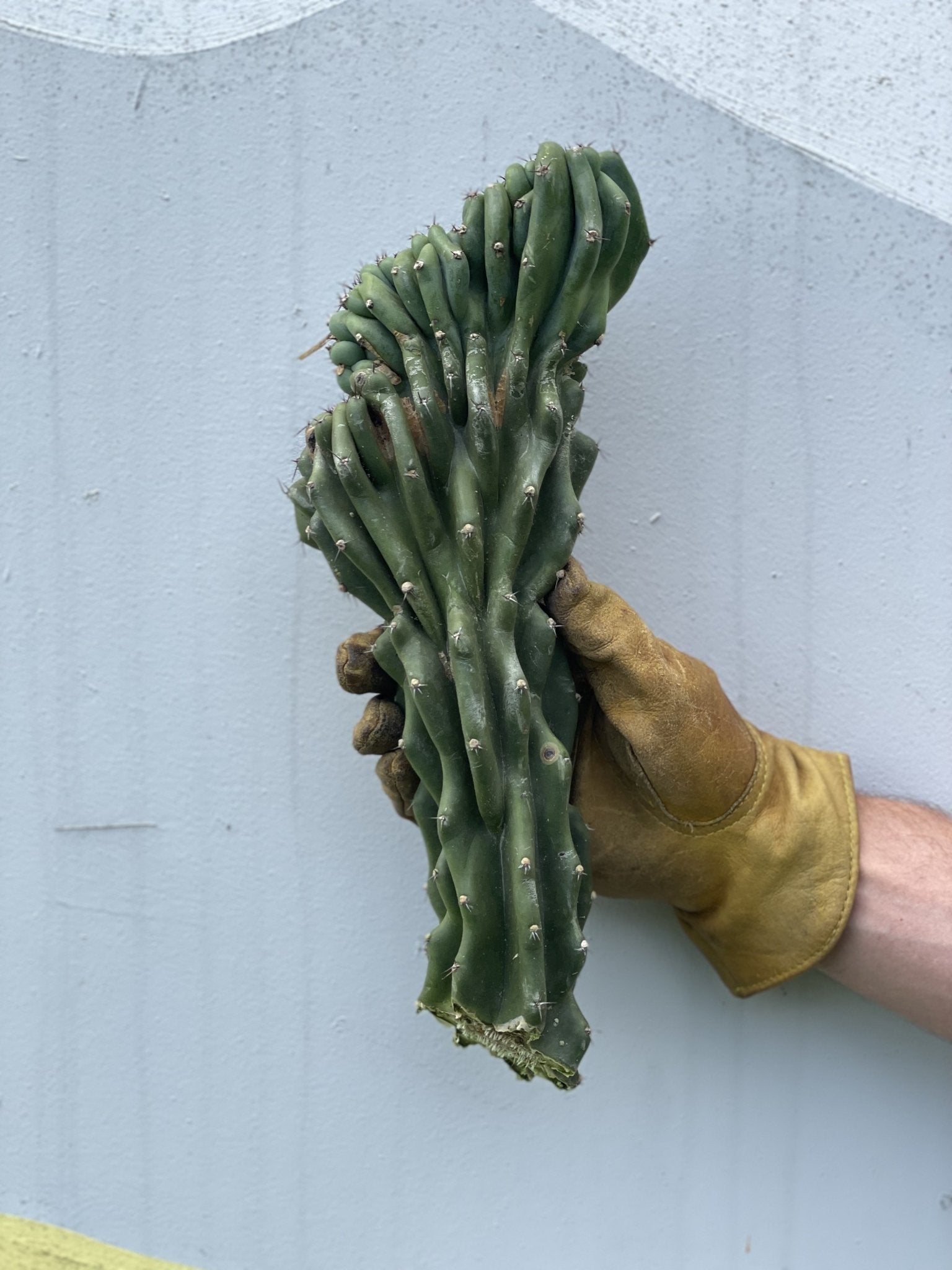
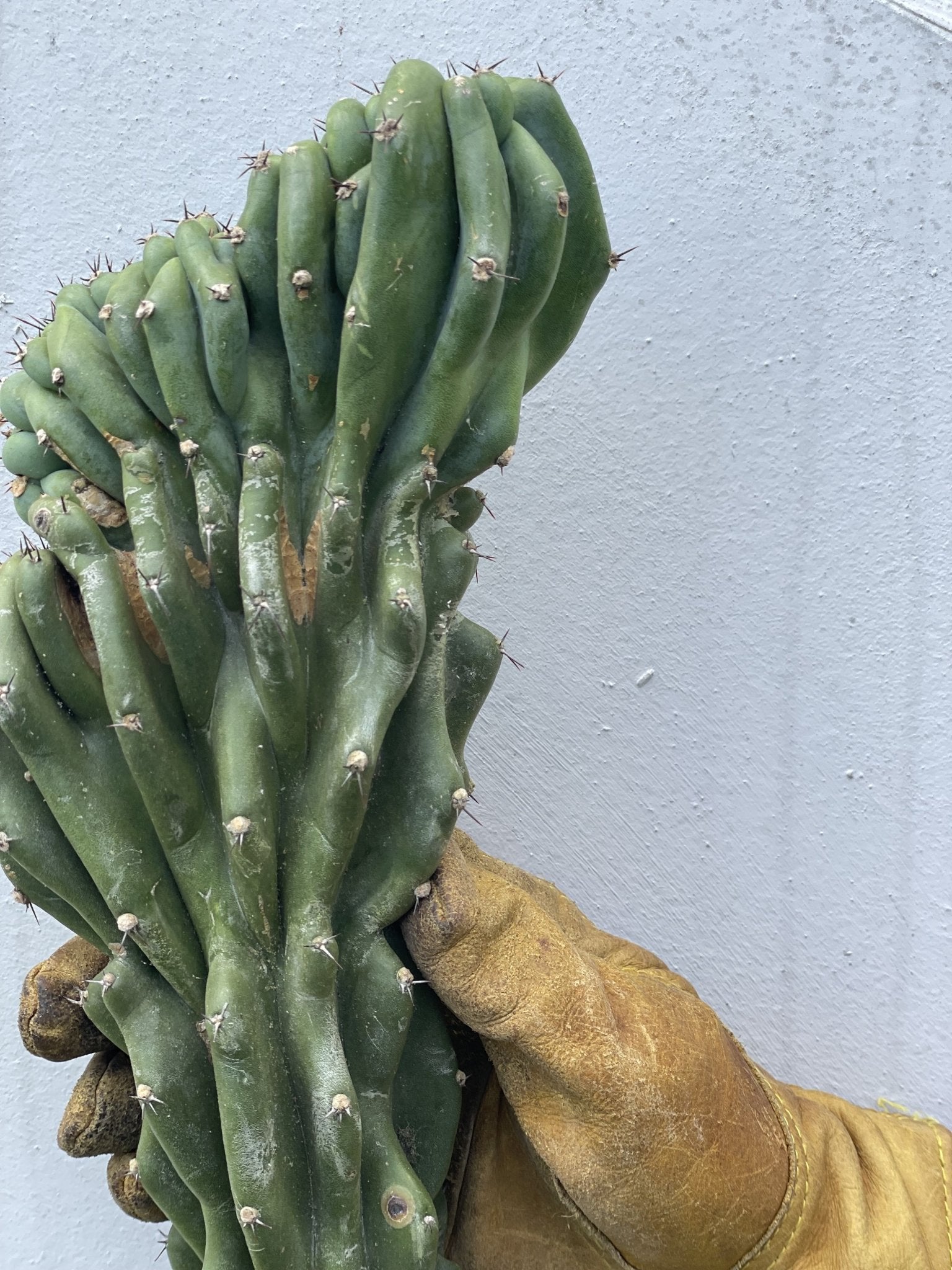


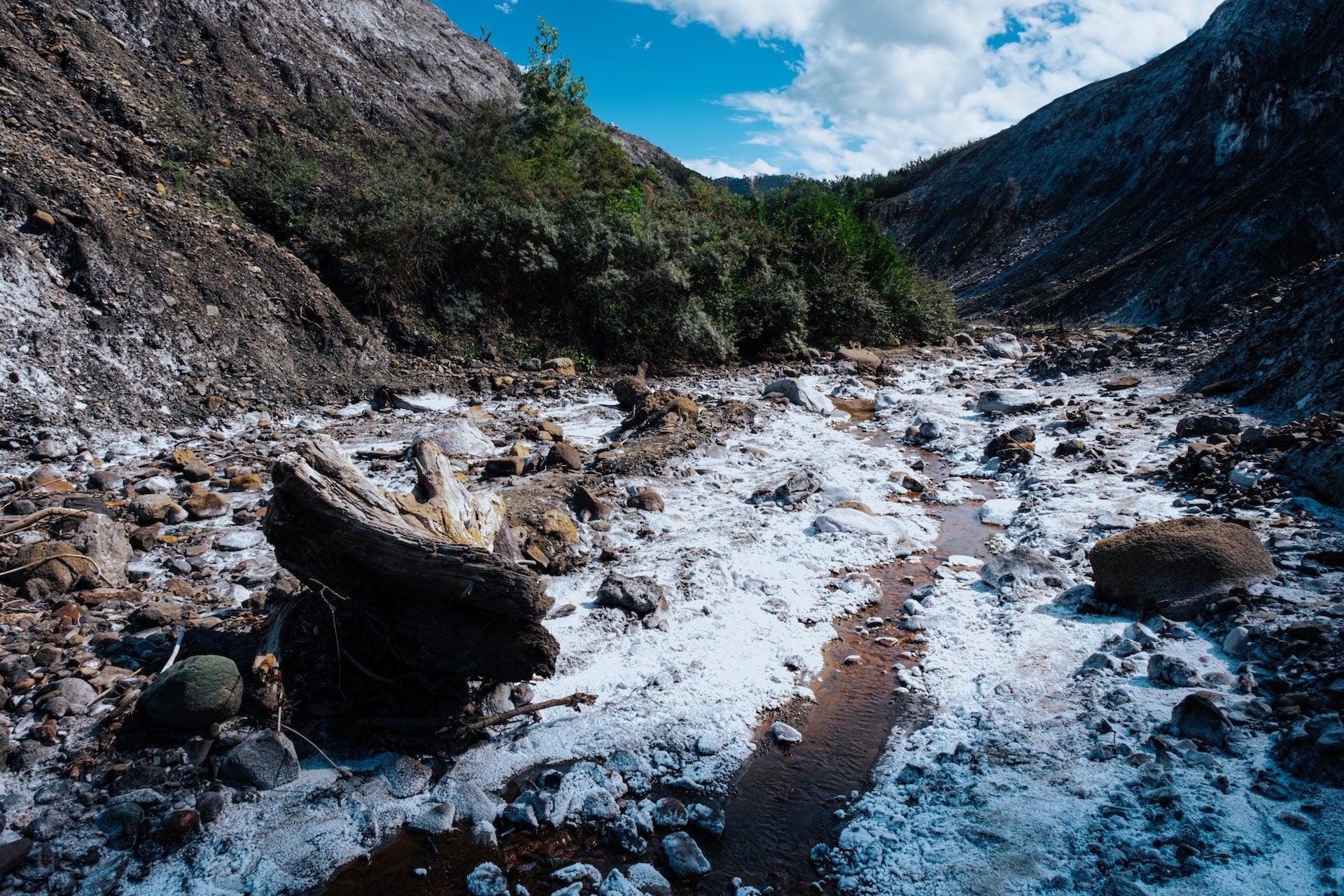
Leave a comment